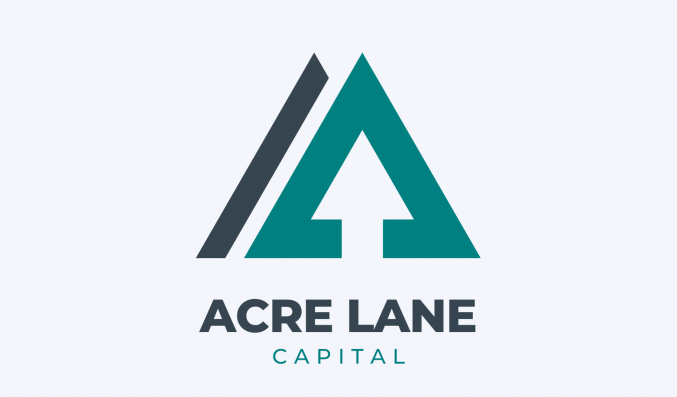Bridging loan paperwork, documents, forms and contracts – everything you need to know
By Helen Jackson

Before you sign on the dotted line, you must spend time understanding the lender’s conditions and the fine detail of your financial obligations. Taking on debt should not be a decision you take lightly. After all, default on payments, and you could risk losing your collateral.
With that in mind, what documents do you need to apply for a bridging loan, and what forms will you likely need to complete?
Disclaimer: You should always seek professional legal advice; this piece is just for guidance.
What documents do I need to apply for a bridging loan?
If you’re wondering what documents you need to apply for bridging finance, you’ve come to the right place. Below, you can find more information about which documents you need and why you need them.
When applying for a bridging loan, many lenders won’t require anything from you initially. Instead, they’ll first get you to fill out a DIP application (decision in principle) before needing any of this information. But you’re best getting the documents you need ready before you fill out the application form to make the process as quick and easy as possible.
Photo ID
You’ll need to provide a photo ID, either a passport or a driving licence to verify your identity. Check with the lender to see what other forms of photo ID they accept, i.e. a national identity card.
Proof of address
Much like when you apply for a mortgage, the lender will need to see proof of address. For this, you can use bills such as gas, electricity, water, phone etc. They would usually need to be issued within the last three months.
Evidence of assets and liabilities
Without evidence of assets, the lender will not be able to ensure you have the funds to repay the loan. The lender will also likely need to know who else you currently owe money to, again, to see whether you can realistically afford another loan.
Bank statements
Lenders will generally ask for the last three months of bank statements, although some lenders might require more, for example, six months. Checking bank statements can also help lenders determine affordability.
Third-party guarantee
Your lender should only require this if you’ve needed a guarantor to secure your loan should you fail to make repayments.
Property portfolio
Lenders will probably want to see your portfolio if you’re a property developer. But if you’re new and have no portfolio to show them, they’ll likely just need to see your exit strategy—I.e. how you plan to repay the loan.
What documents does the lender and/or broker need to provide on a bridging loan?
Now you know what essential documents you need to apply for a bridging loan, what forms and other documents do you need to be aware of? We’ve mentioned the most common ones below.
Please note, the forms you need to complete will depend on your circumstances; you might not need to fill some of these in. To fully understand what you need to complete, you need to get in touch with your bridging finance provider.
Terms and conditions
What are the terms and conditions?
When you apply for a loan, the lender should always share their terms and conditions with you. This document must be read and understood by the borrower. If you skip over the small print, you’ll never truly understand what’s expected of you as the borrower. So make sure there are no hidden clauses, and if you’re struggling to understand the document, have your solicitor read through it to be sure.
Why are they needed?
Terms and conditions help the borrower understand exactly what it is they agree to when they sign on the dotted line. The Ts and Cs will include your repayment schedule, interest rates and other applicable fees and charges. It’ll also outline the penalties and the process for late payments.
Decision in Principle (DIP) form
What is a DIP form?
A Decision in Principle form is probably the first form you’ll come across when applying for bridging finance. You might even fill this in before parting with your photo ID, proof of address, your bank statements etc. Some of these forms can be downloaded directly from the lender’s website or can be sent to you via email or post by the lender once you’ve raised an enquiry.
Why is a DIP form needed?
This form acts a bit like an agreement in principle does when you apply for a mortgage; it tells the lender basic information so they can send it off to their underwriter before returning with indicative terms.
What information will I need to provide?
You won’t need to provide an ID or proof of address at this stage. Instead, the form will just need basic information from you. Information including the amount you want to loan, how long you need it for, the purpose of the loan, how you plan to repay and more.
After you’ve submitted this form, you might receive a formal offer from the lender, this is where you receive the conditions of the loan, and you’ll also need to provide bank statements and evidence of income at this stage. The lender will also carry out a credit check.
Other forms you might come across
In the application process for bridging finance, the forms you need to complete depend on your application’s circumstances. For example, you might need to add another borrower to the loan, or you might have been asked to provide additional security — for both these situations, you’ll need to fill in separate forms.
We’ve listed some other common forms in the bridging loan application process.
- Additional security form (if you’re asked to provide additional security information)
- Additional borrower form (if you have additional borrowers)
- Income and affordability form (to assess your your loan application)
The lender will share the forms you need to complete with you, so don’t worry about trying to figure this out for yourself.
What questions should I ask the lender about documentation before I sign?
If you’re not completely clear about the fees you’re repaying, ask for a breakdown of repayments, fees and late penalty charges. Lenders have to lend responsibly; if they don’t and they take advantage of you, or they fail to share important information with you about the loan, you could claim you have been mis-sold finance.
You need to be clear about the financial responsibilities you’re undertaking with this loan and realistically calculate if you can afford it, or perhaps take time to explore all financial options available to you. You should never feel pressured to apply for a bridging loan.
What should I do if I am uncertain or concerned about T&Cs or what I’m signing?
Broach the question with the lender, if the answer is unsatisfactory, you can get advice about the next steps either from your solicitor or Citizens Advice. If you think you’ve been mis-sold bridging finance, find out what to do here.
Hopefully, this guide has shed a little bit of light on what documentation you might need to apply for bridging finance. Required documentation will depend on your loan scenario and also the lender’s terms and conditions. Ask your lender for more information about which forms you’re required to complete.
Our homepage lists a variety of specialist UK bridging finance lenders. Compare bridging loan lenders in our directory.










You must be logged in to post a comment.